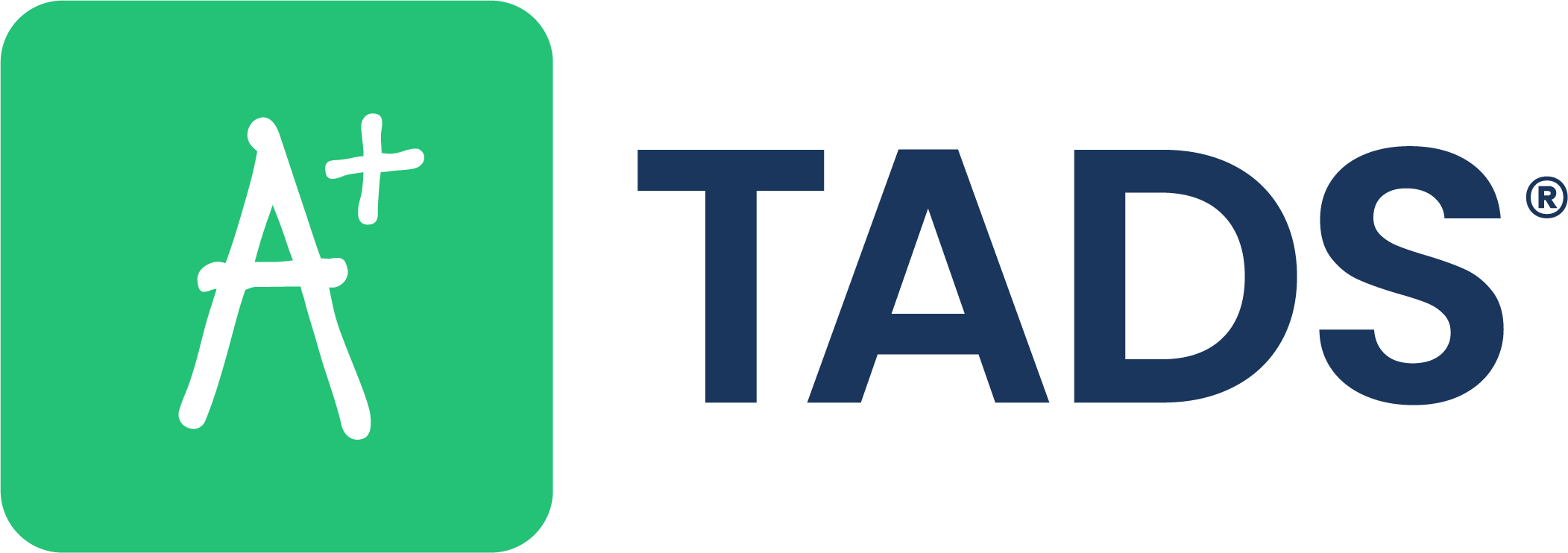
The private K-12 school landscape is shifting dramatically as enrollment trends evolve and financial aid becomes an increasingly critical tool for attracting students. With more families from various economic backgrounds seeking tuition assistance, schools are also adapting their financial aid strategies to ensure consideration of their schools by prospective families.
Catholic schools have seen notable enrollment growth in recent years. Enrollment increased by 3.8% in 2021-2022, marking the first increase in 25 years. In 2023, enrollment grew by 62,000 students to about 1.68 million—the largest increase in five decades according to data released by the National Catholic Education Association. The southeast region of the U.S. has witnessed the most significant growth, and factors such as the pandemic and school choice programs, like state educational savings accounts and tax credit scholarships, have contributed to this trend.
According to recent enrollment reports, more middle- and upper-middle-class families are applying for financial aid, demonstrating that the demand for tuition assistance extends beyond traditional low-income applicants. This shift underscores the importance of a well-structured financial aid strategy in ensuring access and increasing enrollment. Here are ten ways your school can leverage financial aid to boost student enrollment.
1. Recognize the Rising Demand for Financial Aid Across Income Levels
Traditionally, financial aid was seen as a necessity for lower-income families. However, a growing number of middle-income and even some upper-middle-income families are applying for assistance due to rising tuition costs and economic uncertainties.
Schools can adjust their financial aid policies, accordingly, ensuring that they offer flexible aid structures that appeal to a broader range of applicants. Schools can also stay ahead in financial aid processing, by utilizing advanced technologies like SSS with TaxStatus from TADS, ensuring faster, more accurate verification.
Additionally, highlighting the availability of need-based and merit-based financial aid on your website, in marketing materials, and through direct communication with prospective families can encourage more inquiries and applications.
2. Implement Flexible Tuition Models
One of the most effective ways to increase enrollment is by adopting a flexible tuition model that allows families to pay according to their financial circumstances. Schools can also consider offering free tuition to students from families earning below a specific income threshold, while others scale tuition fees based on family income.
Schools can implement a sliding scale or indexed tuition model to accommodate different economic situations. By clearly communicating how flexible tuition works, schools can attract families who may have otherwise ruled out private education due to cost concerns.
3. Enhance Communication About Financial Aid Opportunities
Many families are unaware of the financial aid resources available to them, or they find the application process intimidating. Schools can address this by providing clear, step-by-step guidance on their financial aid websites, hosting informational webinars, and offering personal consultations.
Schools should also proactively reach out to families, sending reminders about deadlines, explaining how financial aid decisions are made, and sharing success stories of families who benefited from tuition assistance. This transparency can help build trust and encourage more families to apply.
4. Develop Community-Funded Scholarship Programs
Partnering with local businesses, alumni, and community organizations to create scholarship funds can increase a school’s financial aid resources. Many private schools have successfully launched donor-funded scholarships aimed at supporting students from diverse backgrounds.
Private K12 Catholic schools, in particular, are reflecting a commitment to inclusivity, making efforts to diagnose students with disabilities and provide necessary support. Consider establishing an annual fundraising event dedicated to financial aid scholarships or working with donors to create named scholarships that can attract high-achieving students. Publicizing these opportunities through social media and local media can also enhance the school’s visibility and attract more families.
5. Offer Flexible Payment Plans
For many families, the challenge isn’t necessarily affording tuition but managing the timing of payments. Schools can provide options such as monthly installment plans, early payment discounts, or deferred payment arrangements to make tuition more manageable.
By offering these alternatives, schools show that they understand the financial pressures parents face, making private education a more viable option for a larger number of families.
6. Highlight Academic Excellence and Support Services
Financial aid alone isn’t enough to attract students; families need to see the value of the investment. Schools should emphasize their academic strengths, specialized programs, and student support services when marketing financial aid options.
Consider showcasing college placement success rates, testimonials from alumni, or highlighting unique programs such as STEM initiatives, arts integration, or leadership development. A well-rounded presentation of academic and extracurricular offerings can make financial aid opportunities more compelling.
7. Leverage Technology for Outreach and Engagement
Technology is a powerful tool in reaching prospective families. Schools should utilize digital marketing strategies, including:
- Virtual campus tours
- Social media campaigns highlighting financial aid opportunities
- Engaging video testimonials from students and parents
These tools can help parents navigate the financial aid process more easily and make informed decisions about applying to your school.
8. Foster a Diverse and Inclusive Community
Families today are looking for schools that reflect diversity and inclusivity. Schools should emphasize their commitment to welcoming students from all backgrounds and highlight efforts to provide equitable access to financial aid.
According to data released by the National Catholic Educational Association in its Data Brief: 2023-2024 Catholic School Enrollment (NCEA, 2024), 38% of all Catholic schools currently have a waiting list. The report also highlights Catholic schools’ growing commitment to inclusivity, ensuring that more students, including those with disabilities, have access to quality education. A diverse student body enriches the learning environment, and schools that actively promote inclusivity often see increased interest from prospective families. Publicizing diversity initiatives, featuring diverse student success stories, and engaging in community outreach can strengthen enrollment efforts.
9. Monitor and Respond to Enrollment Trends
Keeping track of enrollment trends at both the national and local levels help schools stay ahead of the curve. Schools can also conduct regular market research to understand what factors influence parents’ school choices and how financial aid plays a role.
Using data-driven insights, schools can refine their financial aid strategies, adjust tuition models, and develop targeted outreach campaigns to attract the right families. Schools can regularly survey current parents about what influenced their decision to enroll and use feedback to improve recruitment efforts.
10. Collaborate with Educational Choice Programs
Many states offer educational choice programs such as vouchers, tax-credit scholarships, and education savings accounts that help families afford private school tuition. By participating in these programs, schools can open new financial aid avenues for families who may not qualify for traditional school-based aid.
Schools can also be sure to clearly communicate which state-funded assistance programs they accept and guide families through the application process.
Fostering Enrollment Growth
As private K-12 enrollment trends continue to evolve, schools must proactively adapt their financial aid strategies to meet the needs of a changing applicant pool. By recognizing the increasing demand for financial aid, implementing flexible tuition models, and effectively communicating opportunities, schools can attract more students and ensure long-term growth.
With strategic financial aid initiatives, private schools—especially Catholic schools—can position themselves as accessible, inclusive, and financially viable options for families across different economic strata. Schools that embrace these practices will not only see enrollment growth but also foster a stronger, more engaged school community.
Boost enrollment and streamline financial aid with TADS! Get a free demo today and see how we can help your school grow.
